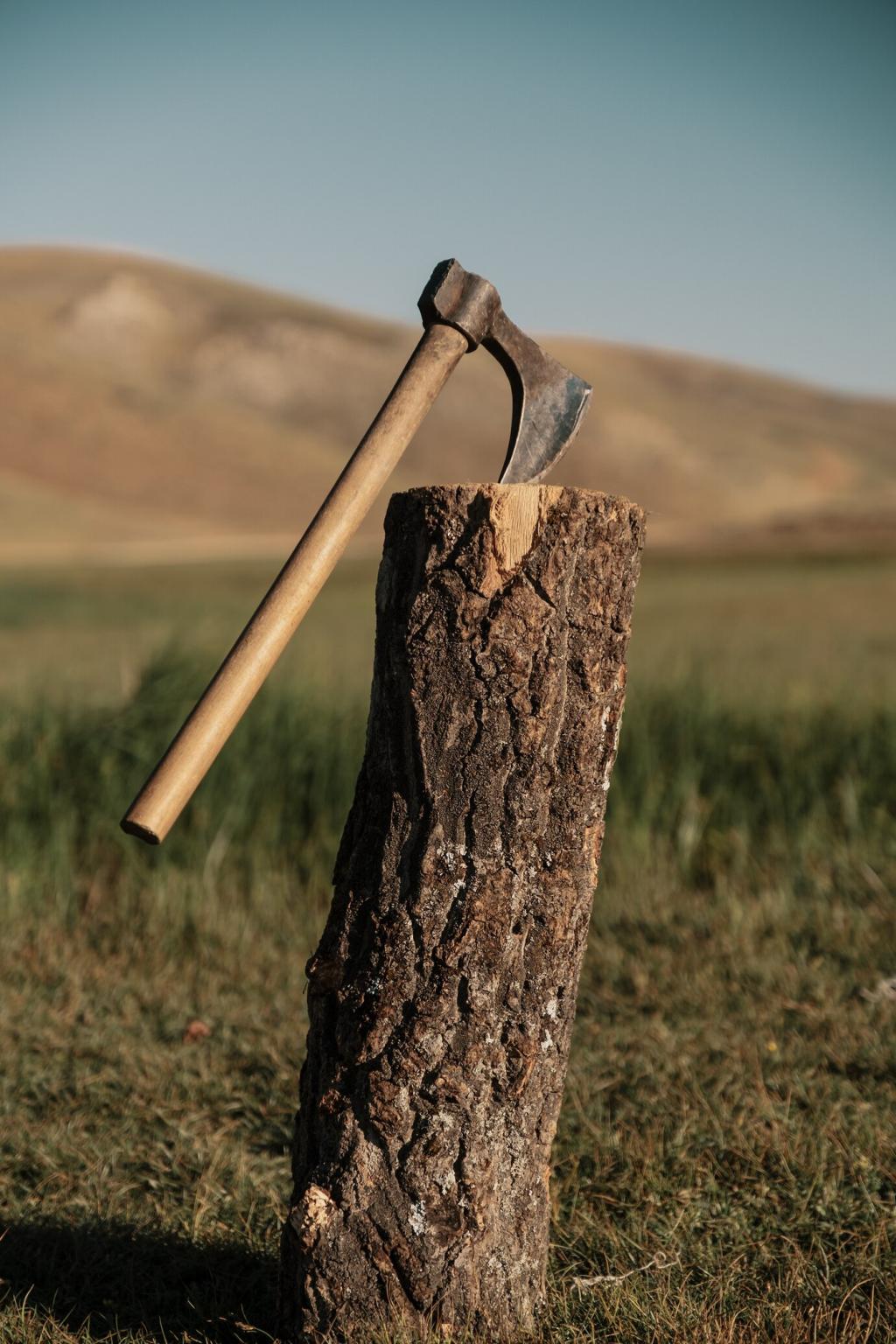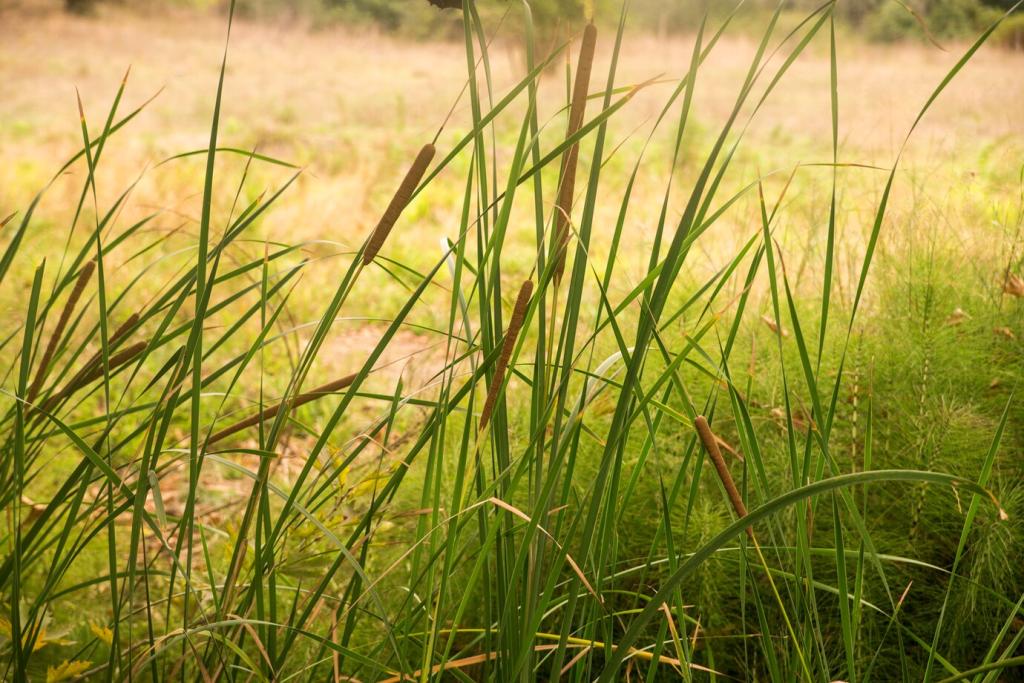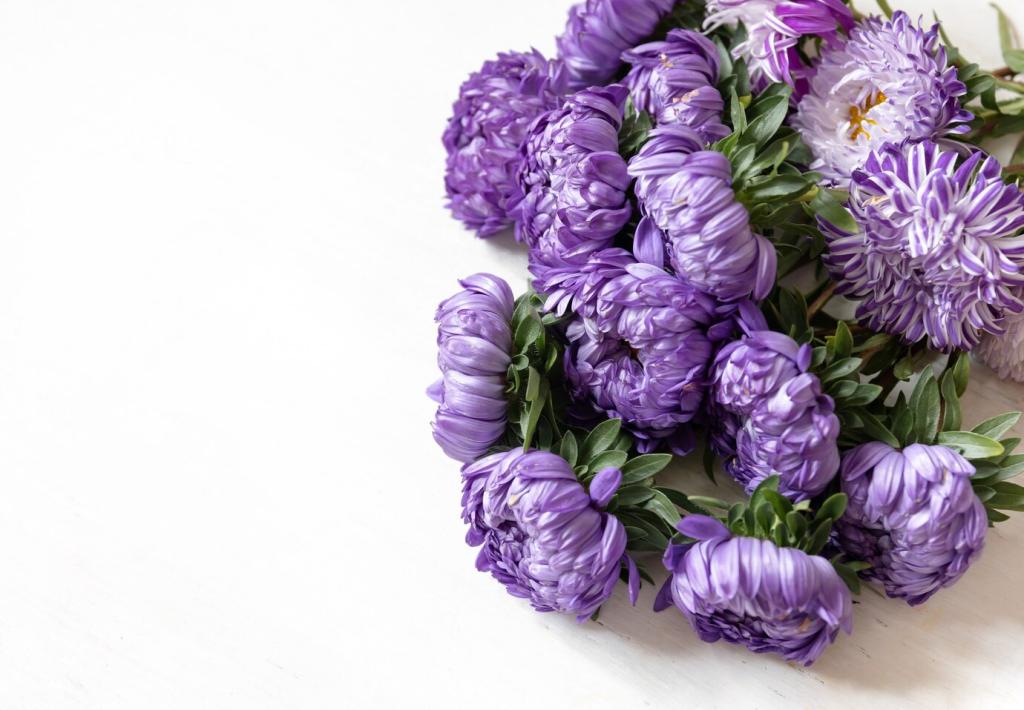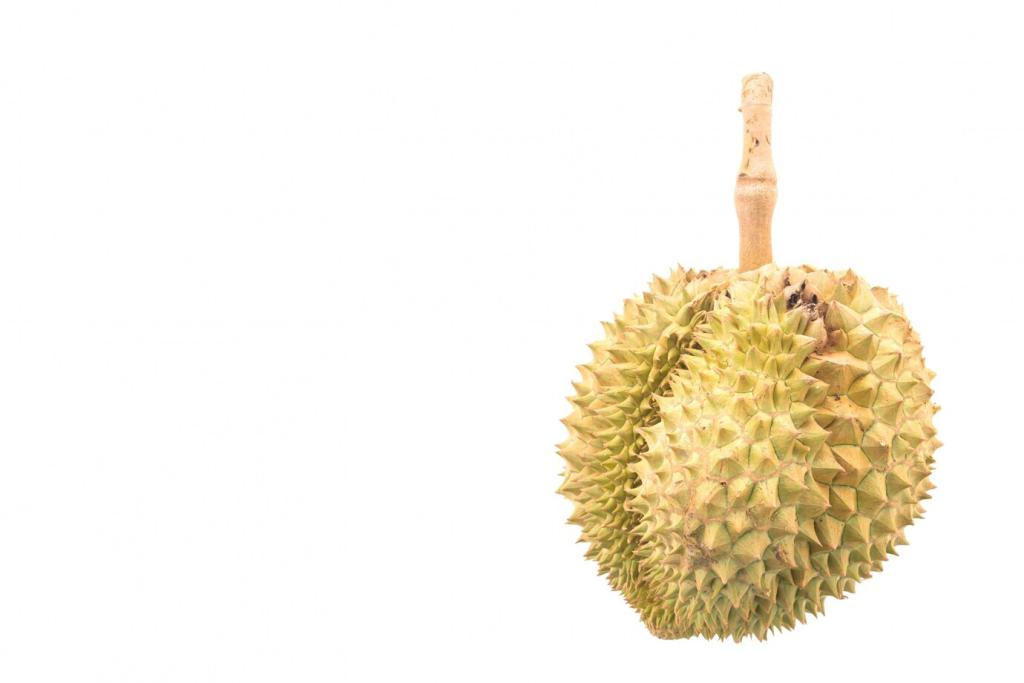Tips for Capturing Stunning Macro Shots in Nature
Today’s chosen theme: Tips for Capturing Stunning Macro Shots in Nature. Step closer to the miniature worlds under your feet and learn practical, field-tested methods for revealing breathtaking detail. Join the conversation, subscribe for fresh insights, and share your favorite macro discoveries with our community.
Light That Makes Details Sing
Chasing Golden and Blue Hours
Soft dawn light wraps delicate subjects without harsh shadows, while the blue hour cools tones for a dreamy mood. I once found a dew-strung spiderweb at sunrise; the low sun made every droplet sparkle like beads, transforming a simple web into an unforgettable jeweled tapestry.
Taming Harsh Sun with Diffusers
Midday sun flattens texture and blows highlights. A small translucent diffuser, even a white scarf, softens glare and brings back subtle detail. Pair it with a hand-sized reflector to lift shadows under petals. Share your favorite lightweight diffuser hack and help fellow readers travel lighter.
Backlighting for Translucent Textures
Backlight can turn ordinary leaves and wings luminous, revealing veins and micro-hairs. Shield your lens with a hood or your hand, and watch for flare. Slightly underexpose to protect highlights, then recover shadows in post. Try it on seed heads at dusk and tell us your results.
Essential Macro Gear Without the Hype
A dedicated macro lens offers 1:1 magnification, working distance, and crisp edges. Extension tubes are cheaper, lighter, and fit existing lenses. My first sharp ladybug portrait came from a nifty fifty with tubes; the image sang because I focused carefully and stabilized, not because of price.

Manual Focus and the Rocking Technique
Switch to manual focus, set a rough distance, and gently rock your body forward and back. Fire in short bursts as the critical plane slices through eyes or stamens. Slow your breathing. This simple rhythm transformed my keeper rate on restless butterflies along a breezy meadow path.
Aperture, Diffraction, and Sweet Spots
Stopping down increases depth, but diffraction softens fine detail past a point. Many lenses peak around f/5.6–f/8; test yours on printed text. Combine moderate apertures with careful alignment to keep important planes parallel. Knowing your lens’s sweet spot is free image quality—no new gear required.
Focus Stacking in the Field
When the subject is still—fungi, seed pods, a sleeping bee—capture a series shifting focus from front to back. Use a rail or a steady hand with tiny increments. Later, blend stacks in software for seamless depth. Comment with your preferred stacking app and any ghosting remedies.

Compose Tiny Worlds with Big Stories
Great macro backgrounds are smooth, distant, and uncluttered. Step back slightly to increase subject-background separation and watch distractions melt. Align colors for harmony or choose complementary contrast for pop. I carry a small black card to hide stray twigs when nature refuses cooperation.

Compose Tiny Worlds with Big Stories
Spiral shells, curling tendrils, and fern fronds provide elegant geometry. Use curves to lead the eye toward a focal point and leave breathing room as negative space. One rainy afternoon, a snail’s spiral echoed a fern coil behind it, and the quiet symmetry made the frame sing.
Find Subjects and Read Their Behavior
Cool dawn air calms bees, dragonflies, and butterflies. They perch, dew-laden and still, offering precious seconds to nail focus. I once waited beside a milkweed patch until the sun lifted; a monarch slowly opened its wings like a theater curtain, revealing perfect symmetry for a single frame.


Find Subjects and Read Their Behavior
Early spring brings buds and beetles; late summer favors pollinators; autumn reveals mushrooms after rain. Keep a simple field notebook, track weather, and revisit promising spots. Your observations become a treasure map. Share your seasonal checklist so newcomers can time their macro walks confidently.
Ethics and Fieldcraft for Respectful Macro
Do No Harm: Handling, Habitat, and Leave No Trace
Avoid chilling, trapping, or relocating living subjects. Don’t trample moss beds or crush fragile plants to gain angle. Use gentle tools and return everything as you found it. The best macro celebrates life respectfully—share your ethical guidelines to inspire a culture of care.

Polishing Your Images in Post-Processing
Calibrate your screen, neutralize color casts, and lift contrast carefully to avoid crunchy textures. Target midtones and protect highlights on reflective wings or dew drops. A subtle vignette can guide attention without shouting. Save a preset to maintain a cohesive macro collection across seasons.
